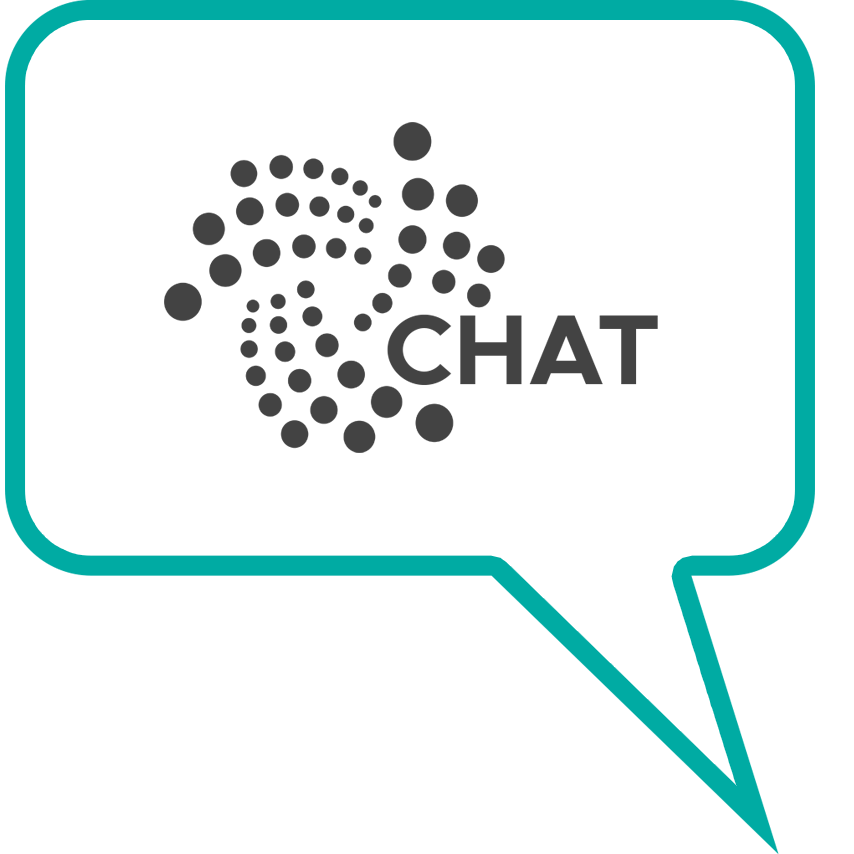
Unveiling Operation Chokepoint 2.0: A Critical Examination
A Closer Look at Recent Government Actions Against Crypto Banking
Recent revelations about targeted actions from federal entities towards cryptocurrency companies have substantiated many suspicions within the crypto community. Allegedly, a deliberate effort dubbed “Operation Chokepoint 2.0,” aimed to restrict banking services to businesses in the digital assets sector, is now supported by documented evidence.
The Genesis of Banking Disruptions in Crypto
The theory that the federal government has been actively trying to limit banking access for crypto enterprises follows a series of events that began with the financial troubles of three cryptocurrency-friendly banks—Signature, Silvergate, and Silicon Valley Bank—in March 2023. These developments sparked widespread concern among industry insiders over potential de-banking activities perpetrated or encouraged by government bodies.
On a pivotal Friday morning, internal memos within the Federal Deposit Insurance Corporation (FDIC) were disclosed after legal action by Coinbase facilitated through History Associates Inc., shedding light on this secretive initiative. These communications revealed that banking authorities had indeed imposed halts on activities related to digital assets despite previous denials.
Analysis of FDIC Communications
The documents emphasized stern directives from the FDIC instructing associated banks to suspend their operations concerning cryptocurrency-related transactions until further notice from regulatory bodies was provided. This disclosure maligns with prior public affirmations by regulatory bodies vehemently denying any overt pressure on these banks during their times of turmoil following significant market shake-ups like those post-FTX collapse in late 2022.
Cryptocurrency commentator Nic Carter and other stakeholders have reacted sharply to these findings, viewing them as validation of their long-held concerns regarding systemic practices against legal industries operating within American shores.
Broader Implications and Industry Reactions
This revelation diverged attention onto more extensive discussions around what some perceive as an infringement on fundamental rights connected with financial services—the idea posited being that no legal business should face governmental exclusion without due justification.
Terming these maneuvers as part of “Operation Chokepoint 2.0” lends historical context; it echoes an Obama Administration strategy originally applied against sectors deemed risky or unethical like payday lenders and arms dealerships but has seemingly expanded under current governance contexts into realms traditionally thought neutral including cryptocurrencies.
Notably highlighted during recent proceedings before the House Committee on Financial Services were testimonies from various leaders in crypto expressing ongoing difficulties securing basic banking relationships—citing overly rigorous compliance demands frequently made unclear by regulatory guidelines but enforced nonetheless.
Despite information gaps owing partially to redactions still upheld upon acquisition documents’ release—Coinbase advocates for total transparency believing full exposure might alleviate speculative tensions surrounding governmental stances toward legitimate industry practices.
These disclosures are casting shadows yet again upon ways modern administrations relate with emerging technologies holding foundational bearings away from conventional fiats towards decentralized ideas—a transition fraught equally with possibilities as it is with pitfalls undergoing forensic public scrutiny amid evolving landscapes.
Conclusion: Reflecting Broader Concerns
While specific details about future courses remain uncertain pending conclusive rulings over remaining undisclosed communications particulars—the overarching narrative touches heavily upon simmering debates pertaining purported challenges meted out unfairly against sectors poised significantly transforming everyday dealings across global scales inherently inviting institutional confrontational dynamics critical reflection points not just for stakeholders directly involved but observers trying making sense broader economical strategic shifts newly unfolding arenas competition cooperation central figures navigated carefully duly considering implications borne societal levels wholesale concluding discourses not merely sectorial silos optimistic resolutions hoped earnest societal integrities safeguarded despite contentious interfaces traditionally experienced others facing similar scenarios previously endured=”./”.


